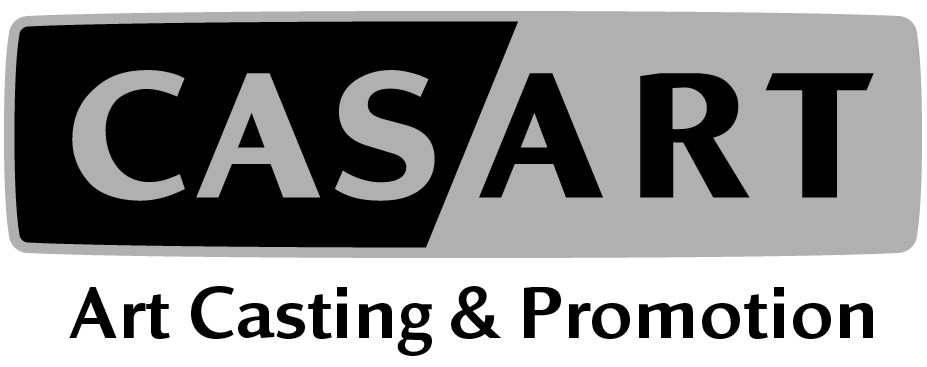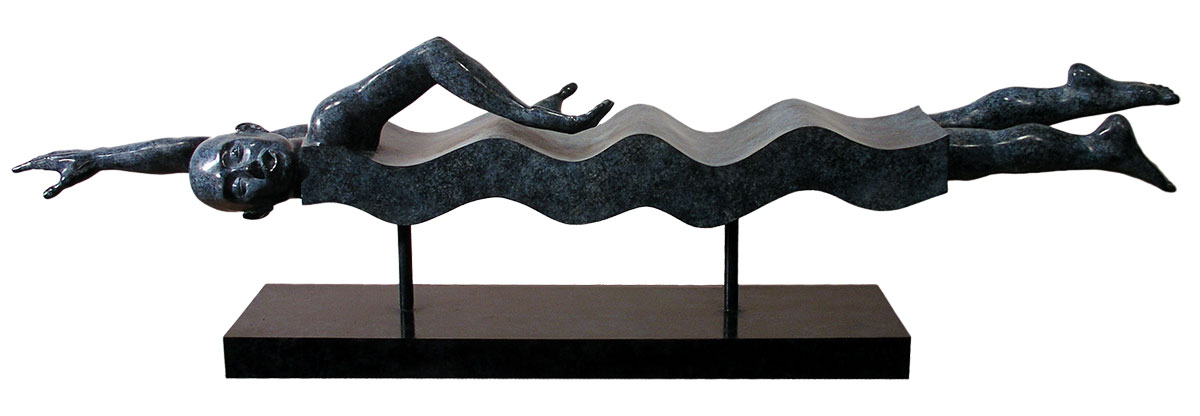Jean-Louis Corby
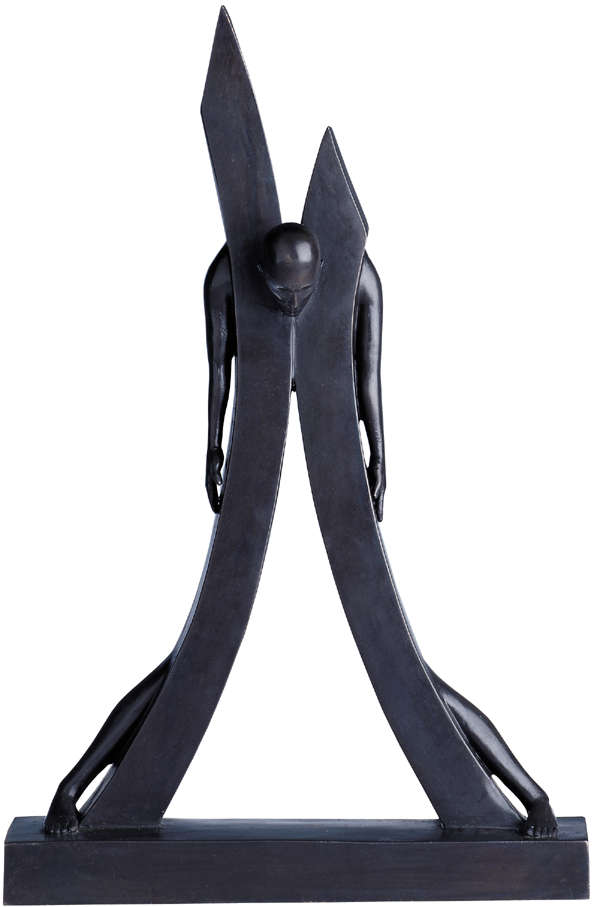
Apart
Bronze - 38 cm Jean-Louis CORBY
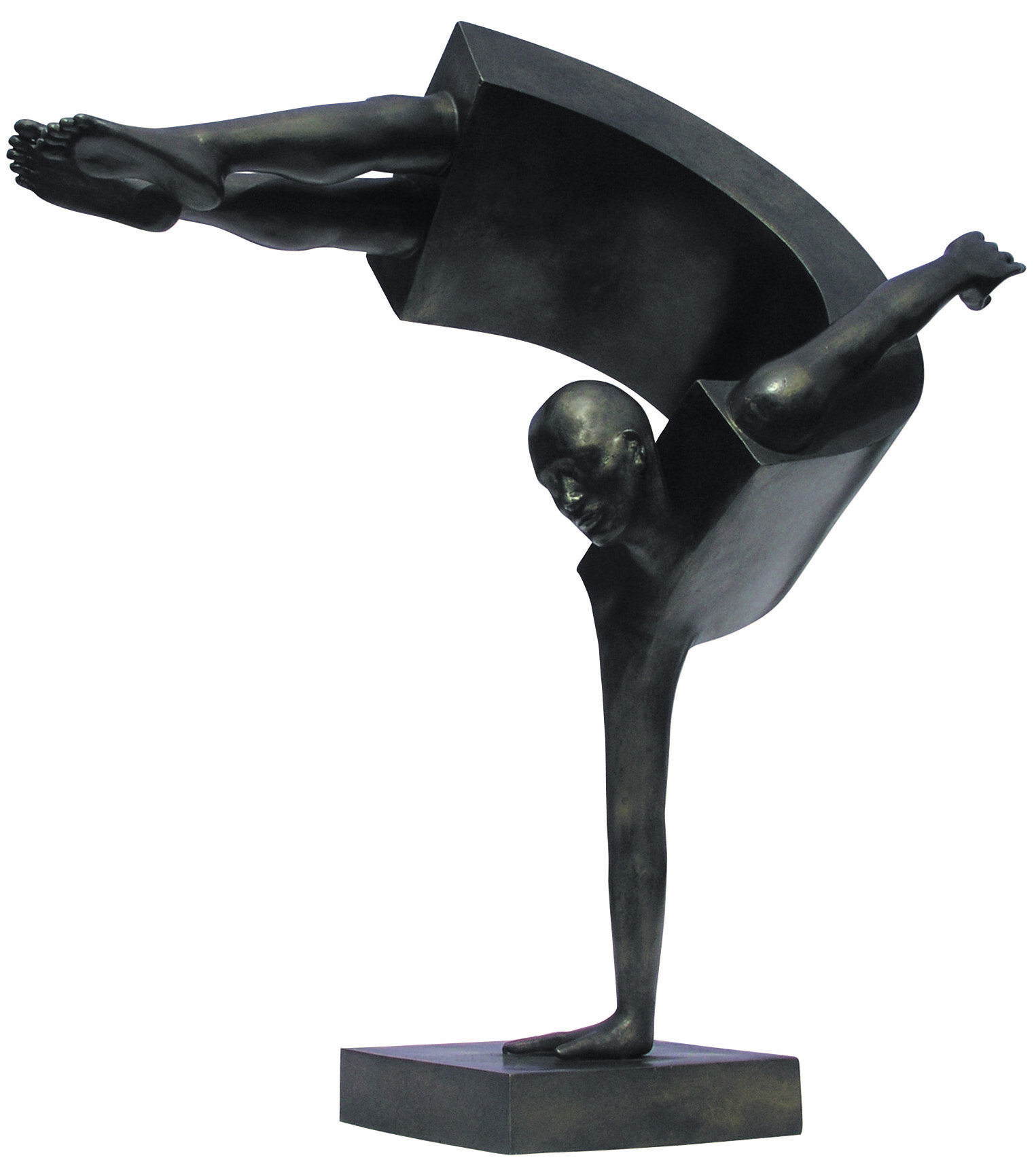
Balance I
Bronze - 164 x 144 x 86 cm Jean-Louis CORBY
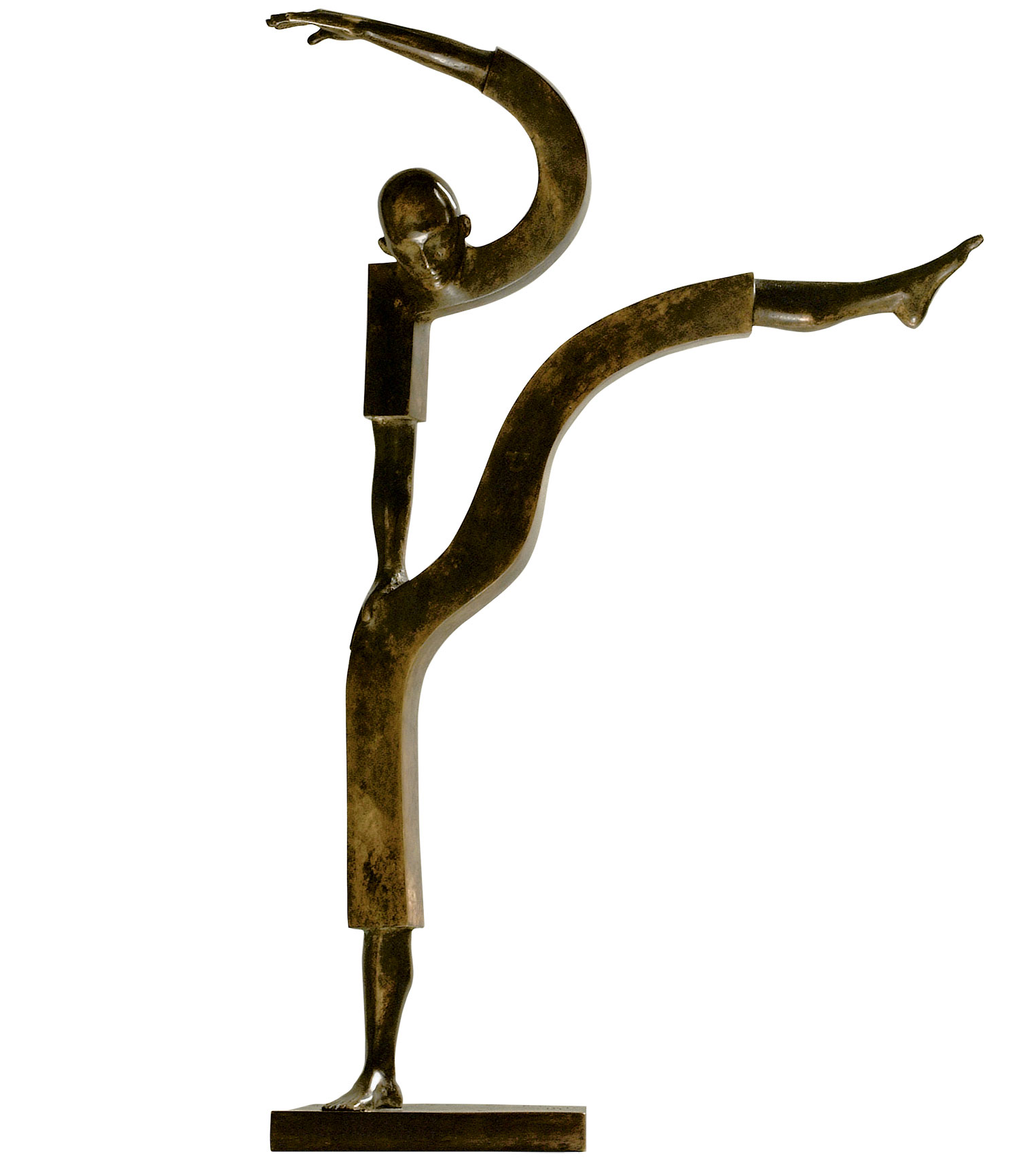
Balance II
Bronze - hauteur: 250 cm Jean-Louis CORBY

Basket ball
Bronze - 55 x 20 x 20 cm Jean-Louis CORBY
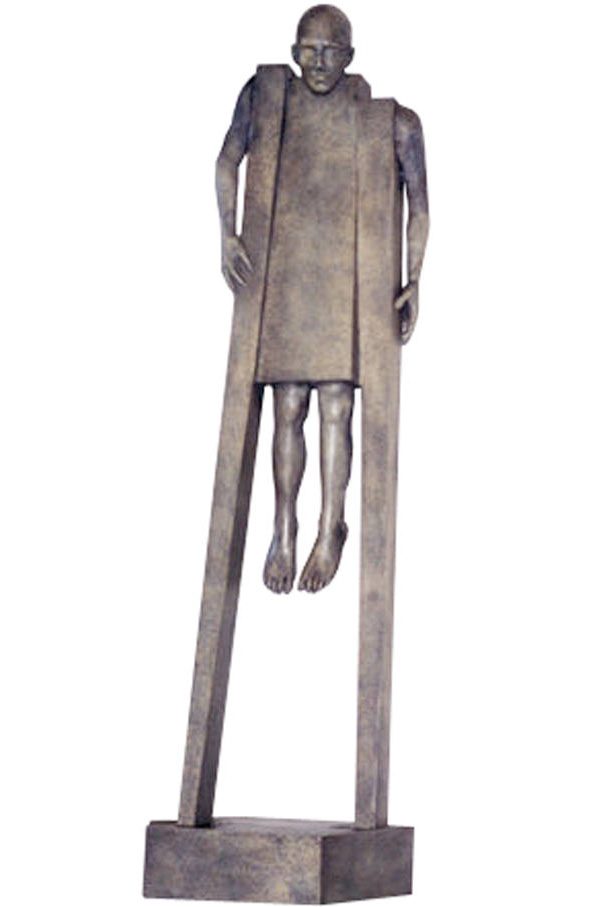
Between Earth and Sky
Bronze - 100 cm Jean-Louis CORBY
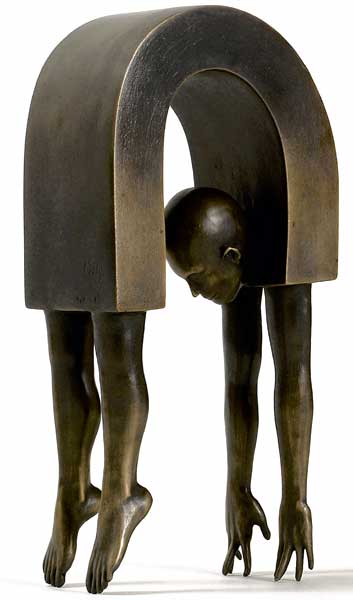
Bridge
Bronze - 170 x 83 x 45 cm Jean-Louis CORBY
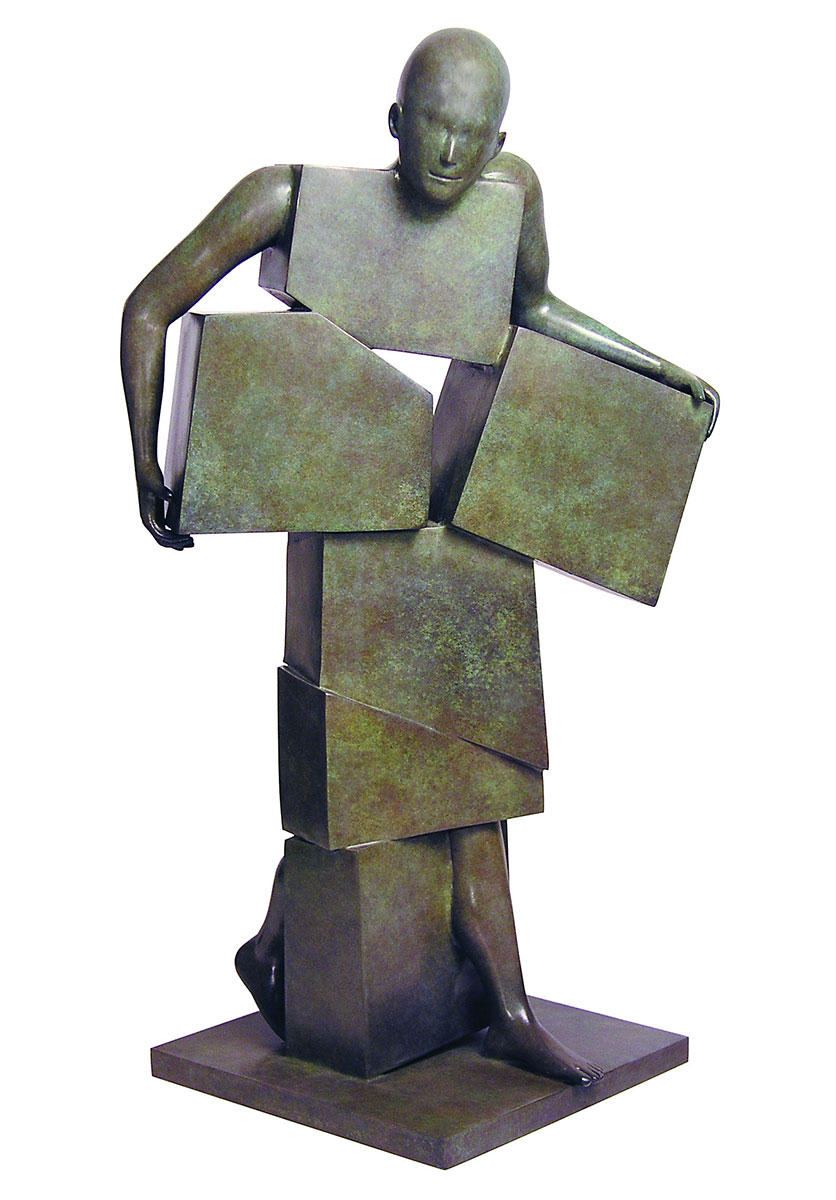
Colissimo
Bronze - 43 x 23 x 15 cm Jean-Louis CORBY

Corner
Bronze - 55 x 30 x 20 cm Jean-Louis CORBY
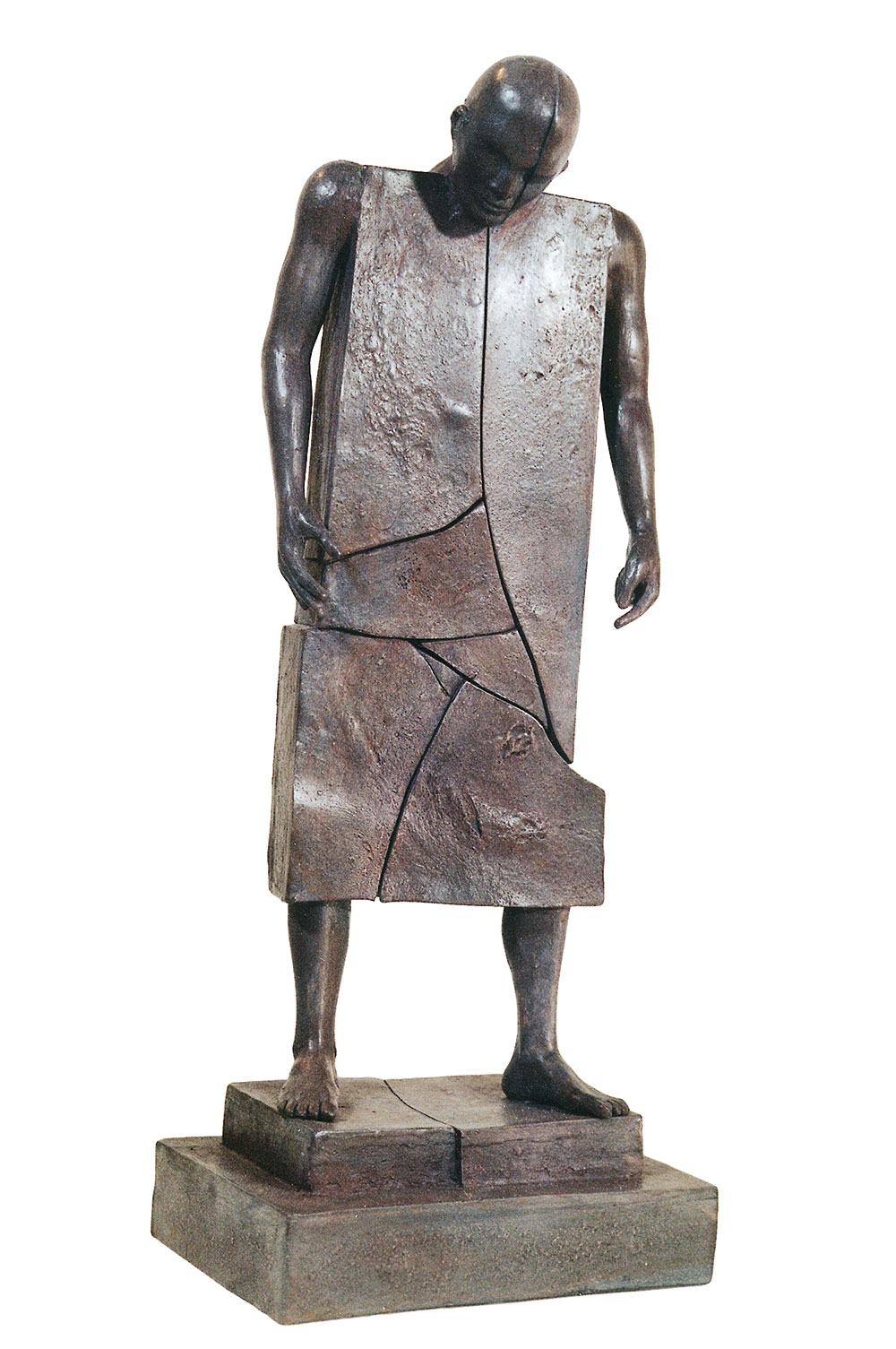
Cracked Man
Bronze - 45 cm Jean-Louis CORBY
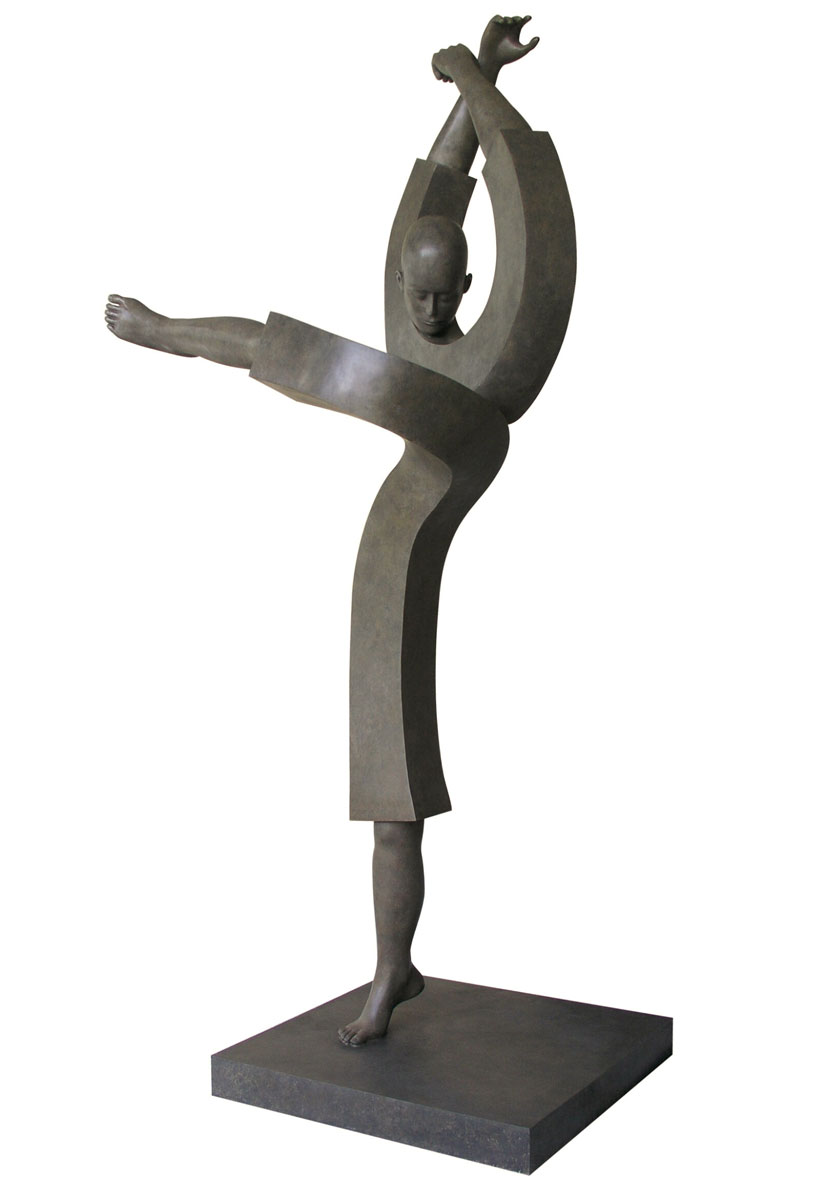
Dancer
Bronze -grand format : 200 x 100 x 80 cm / format monumental : 330 x 170 x 140 cm Jean-Louis CORBY
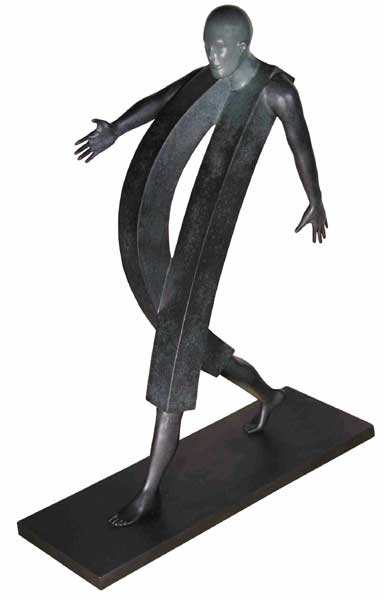
Determined Man
Bronze - 41 x 31 x 11 cm Jean-Louis CORBY
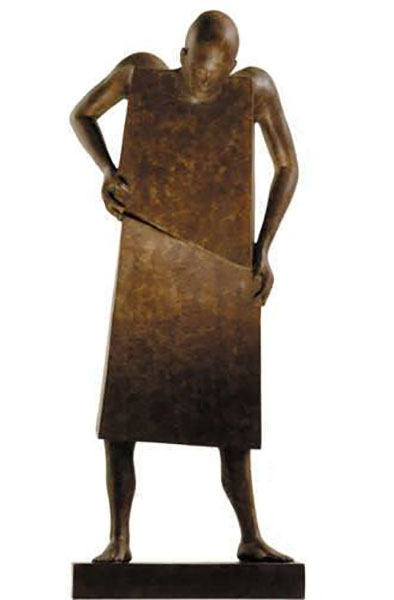
Discrepancy
Bronze - 43 x 17 x 10 cm Jean-Louis CORBY
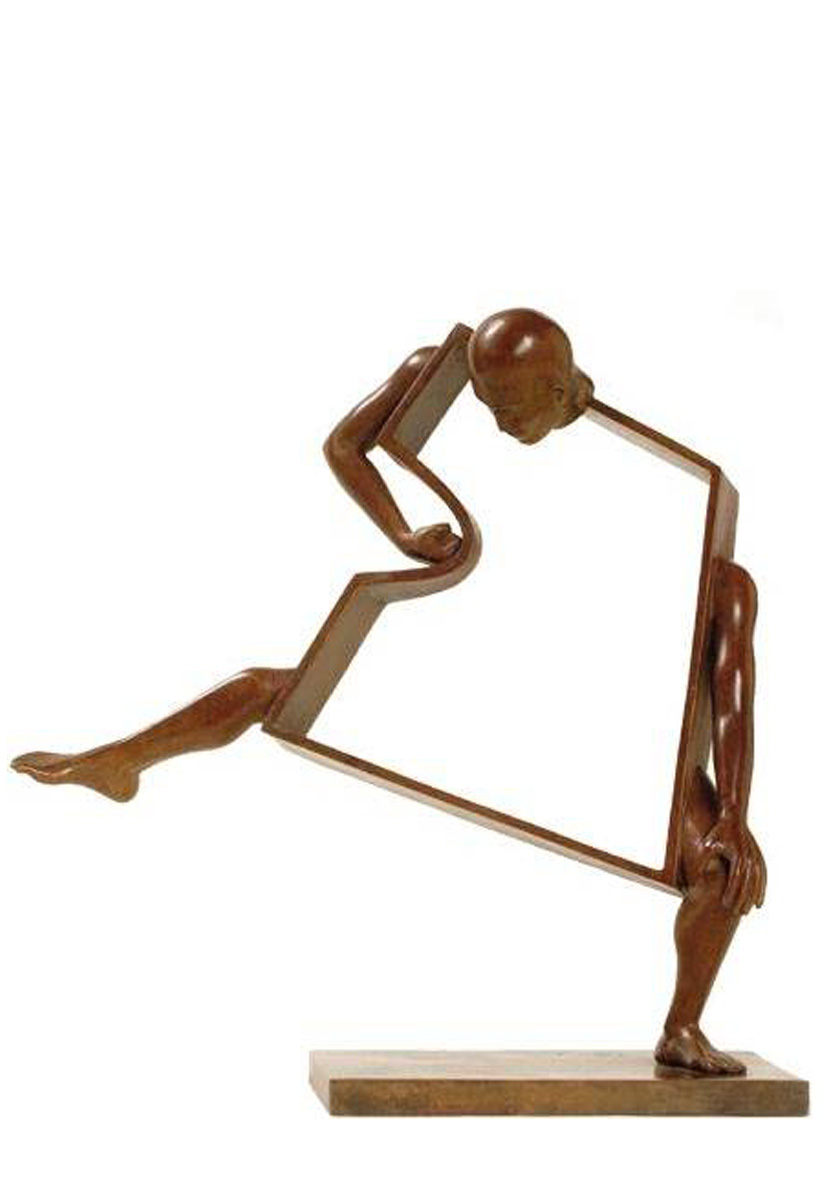
Fight
Bronze - 30 x 30 x 13 cm Jean-Louis CORBY
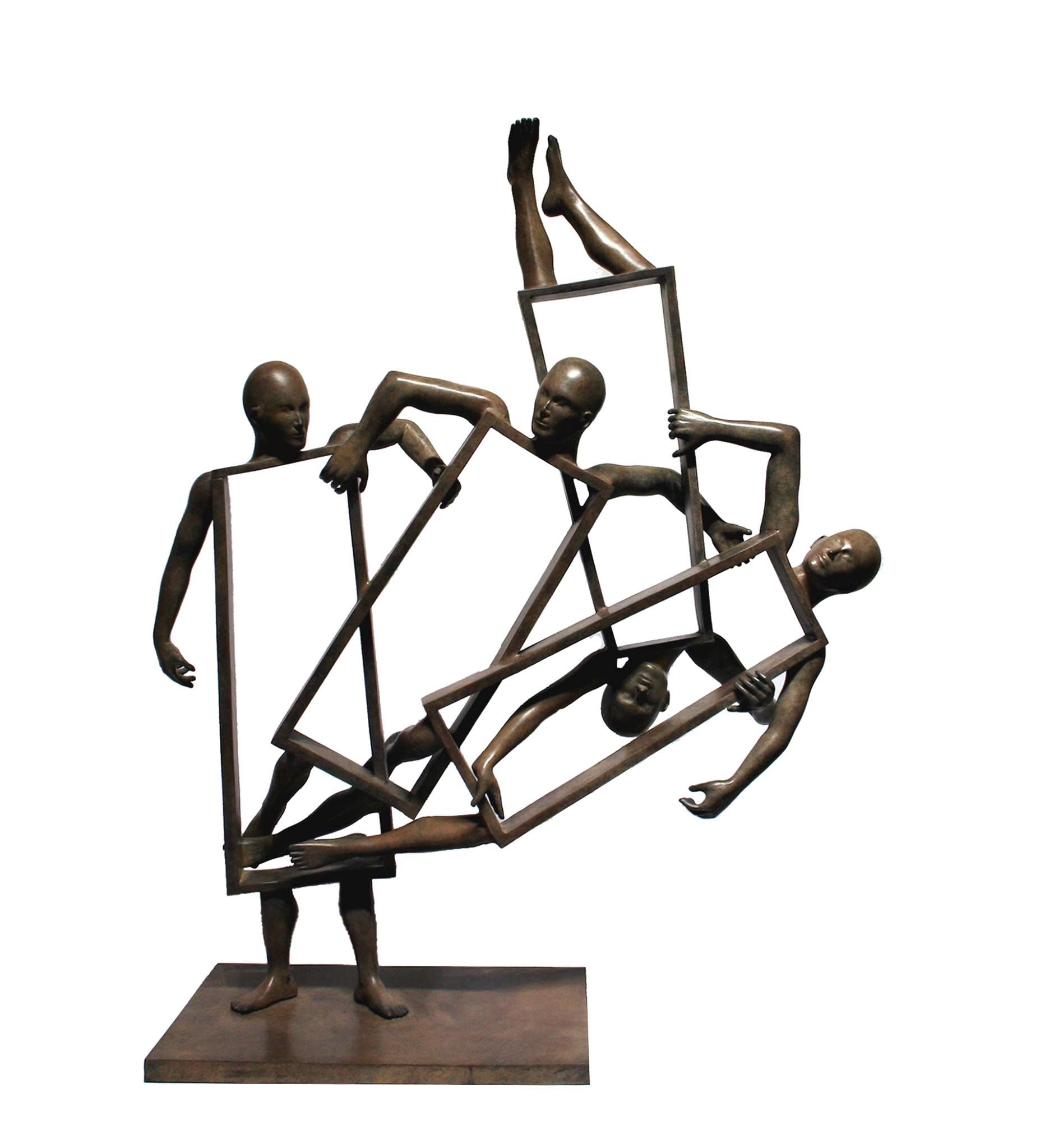
Four Seasons
Bronze - 60 cm Jean-Louis CORBY
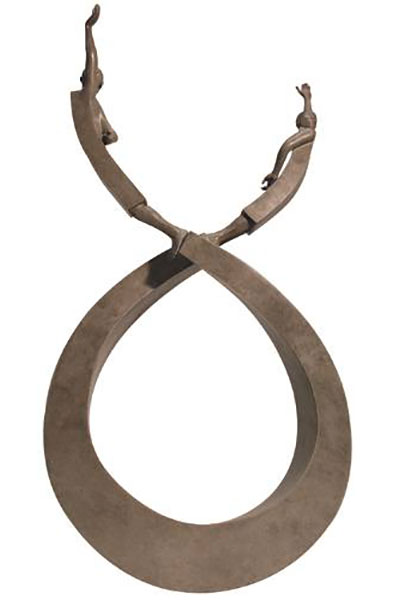
Greetings
Bronze - 94 cm Jean-Louis CORBY
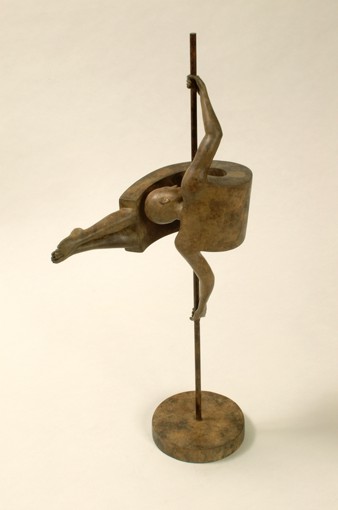
Gymnastics
Bronze - 59 x 24 x17 cm Jean-Louis CORBY
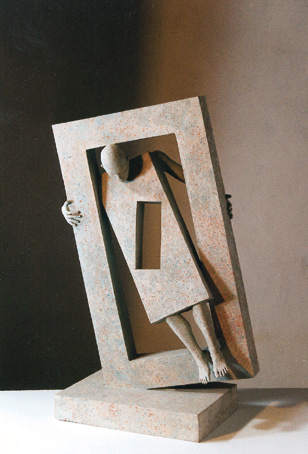
Holding On
Bronze - 50 cm Jean-Louis CORBY
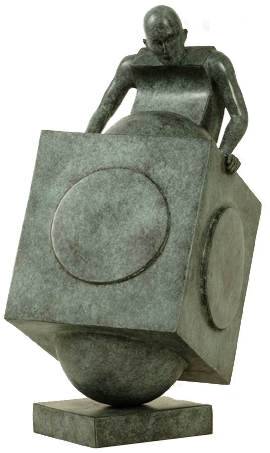
Liberation
Bronze - 55 cm Jean-Louis CORBY
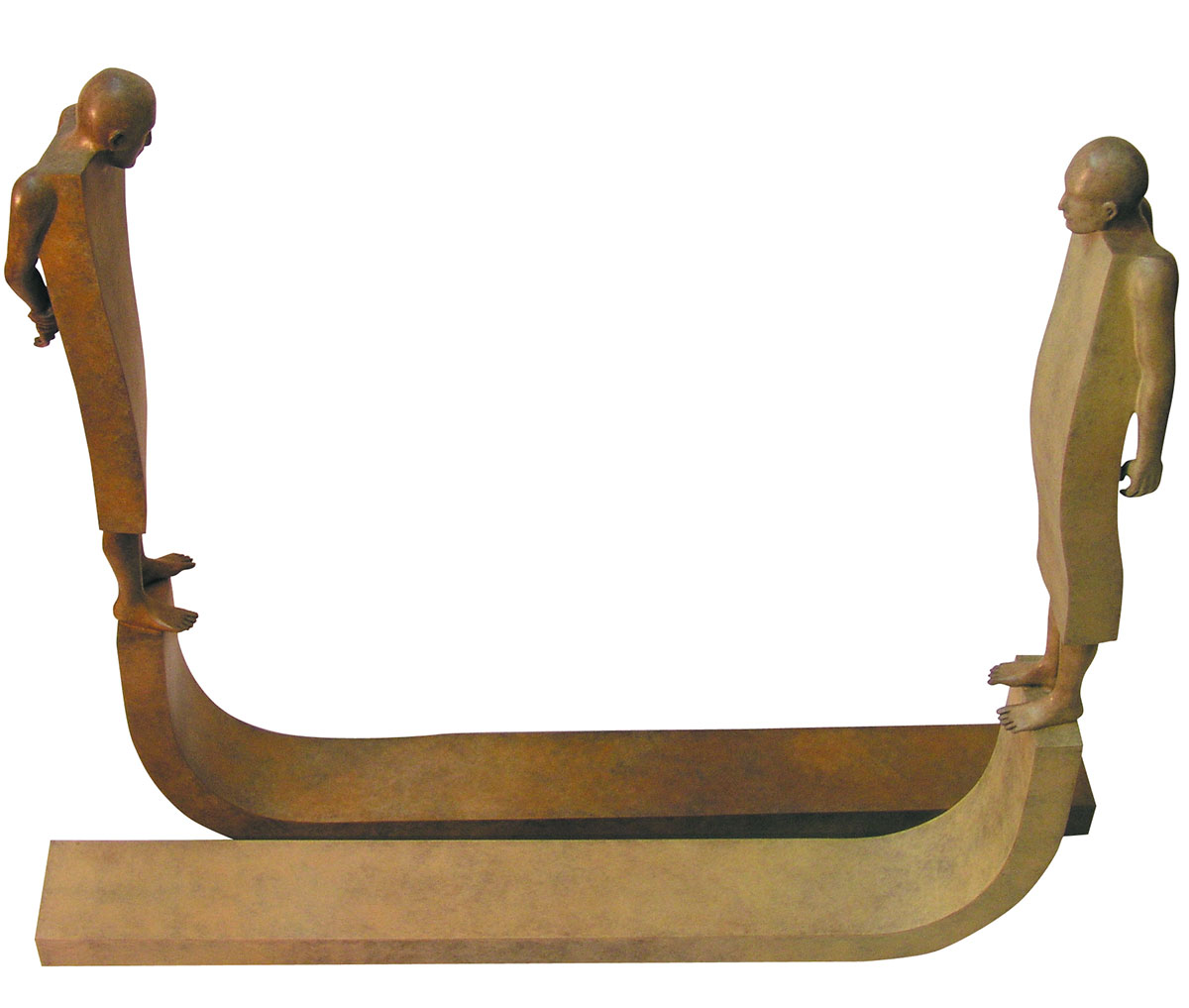
Meeting
Bronze - 2 personnages, hauteur 30 cm, longueur 100 cm Jean-Louis CORBY
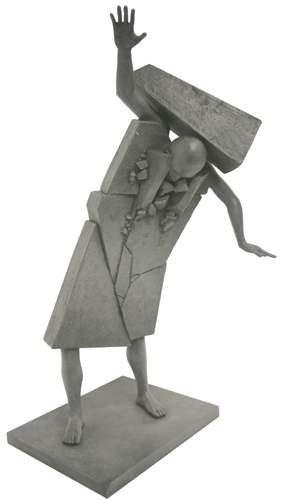
Mister Punch
Bronze - 43 x 23 x 15 cm Jean-Louis CORBY
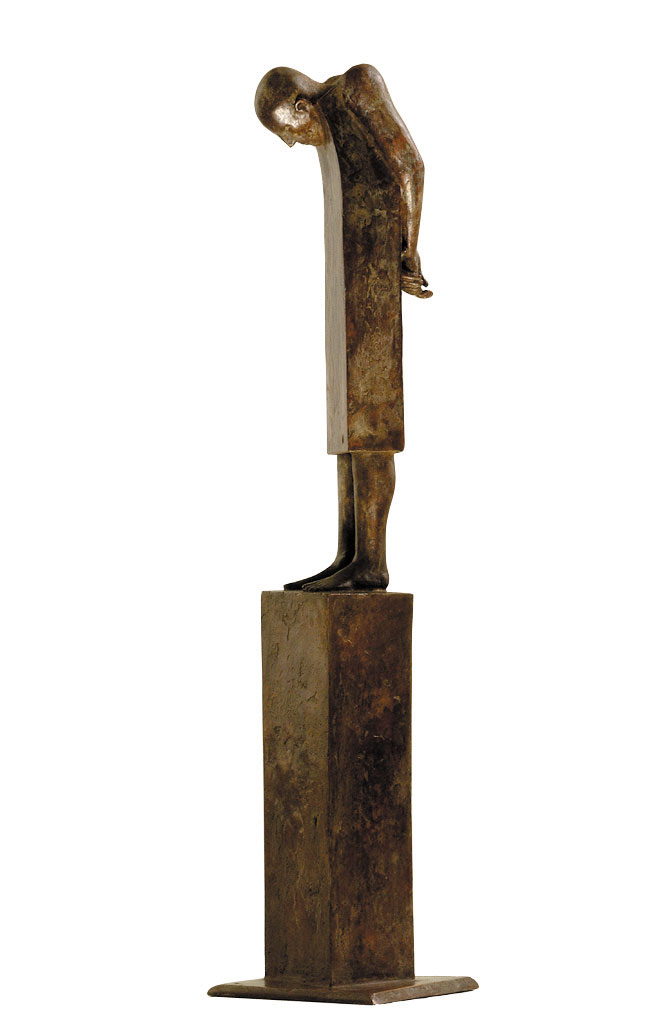
Observer
Bronze - 39 cm Jean-Louis CORBY
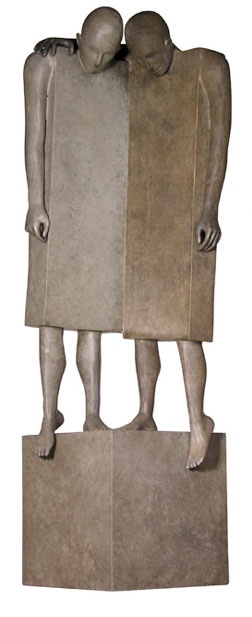
Plans for the future
Bronze - 48 cm Jean-Louis CORBY
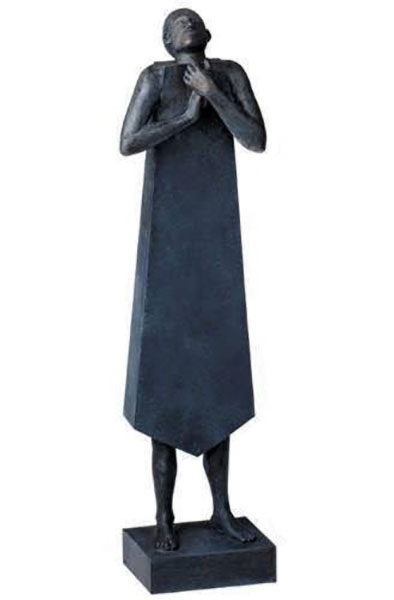
Prayer
Bronze - 50 x 12 x 9 cm Jean-Louis CORBY
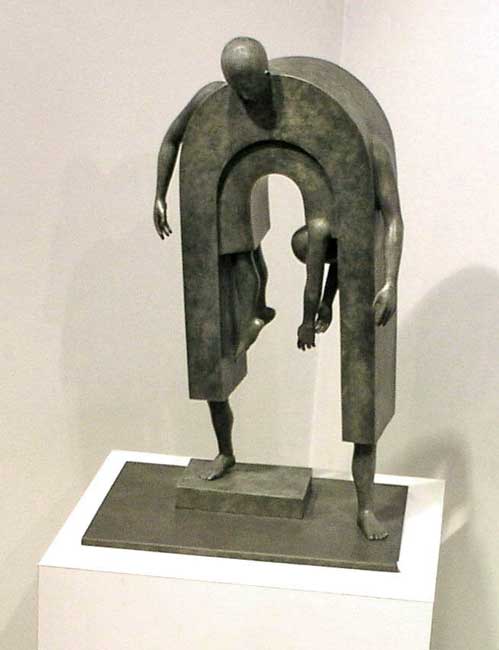
Protection
Bronze - 50 x 30 x 25 cm Jean-Louis CORBY

Shivering
Bronze - 51 x 14 x 14 cm Jean-Louis CORBY
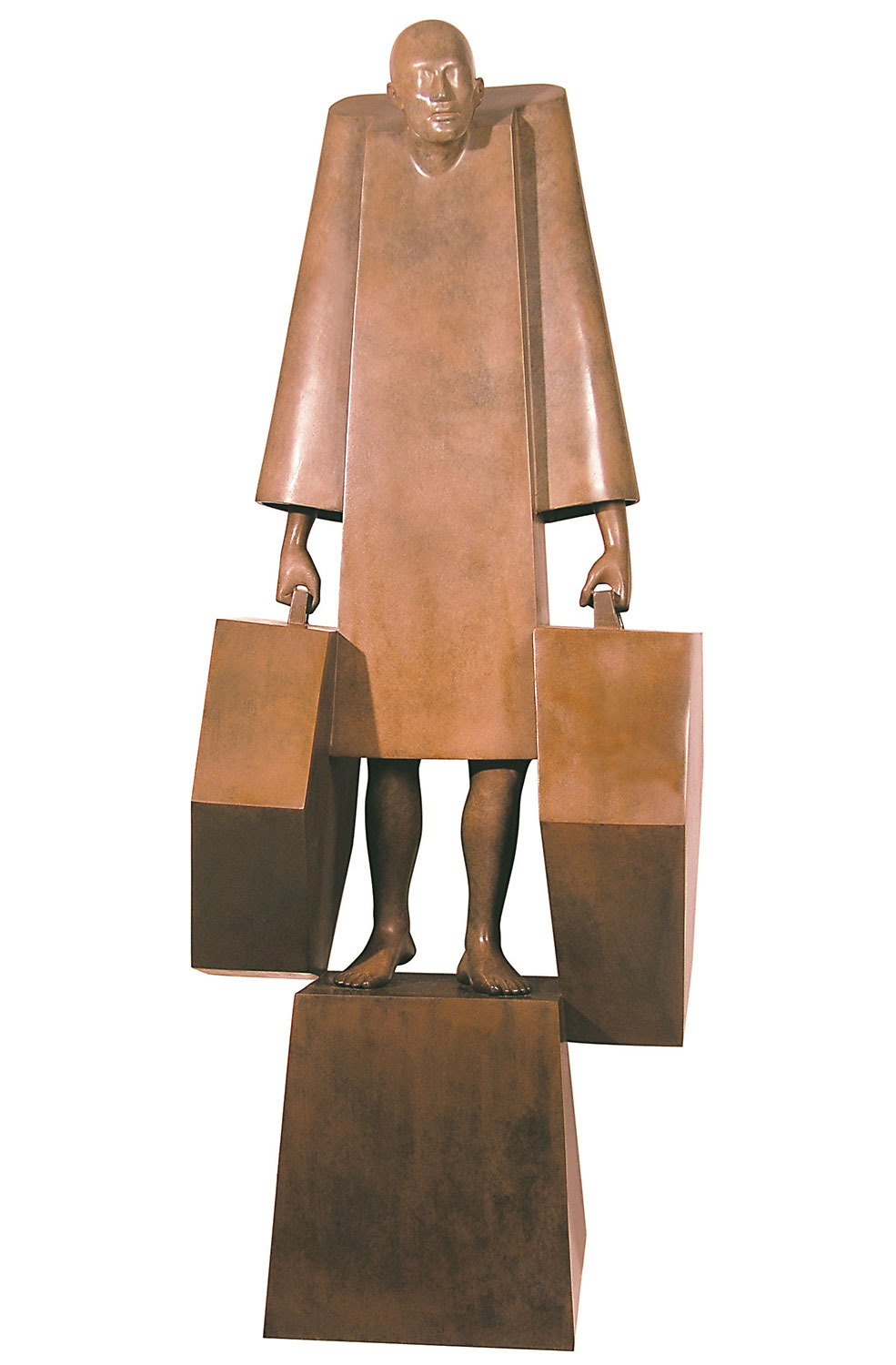
Suitcases
Bronze - 93 x 38x 33 cm Jean-Louis CORBY
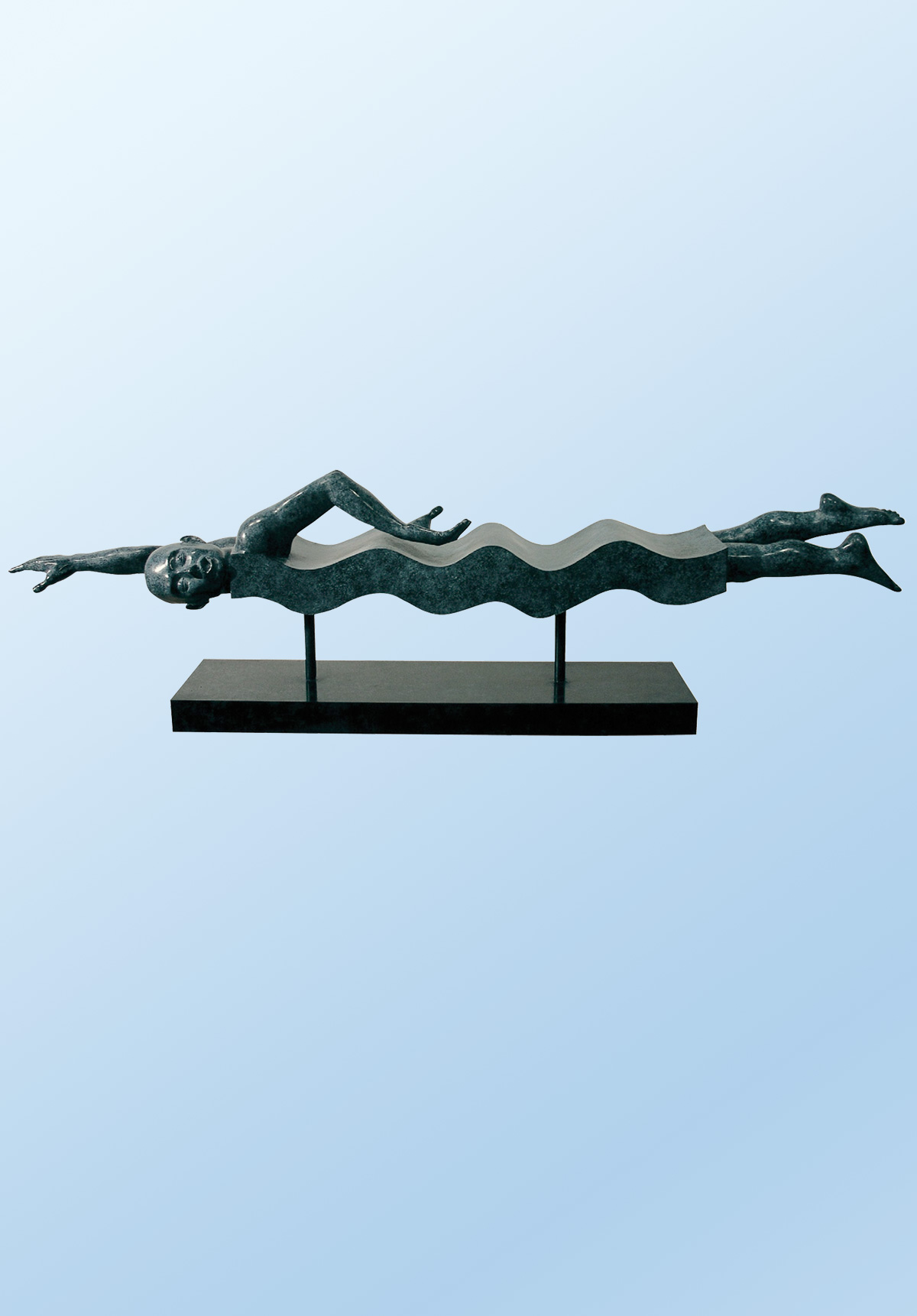
Swimmer
Bronze - 60 x 210 x 26 cm Jean-Louis CORBY
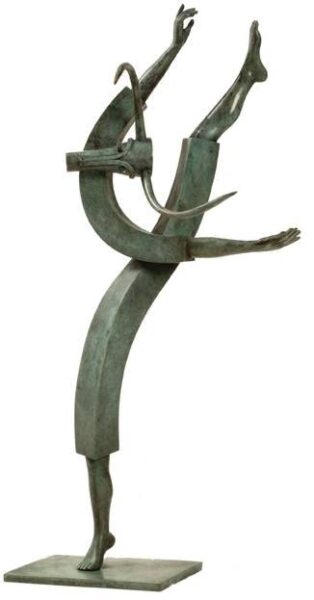
Wild with Joy
Bronze - 56 x 22 x 16 cm Jean-Louis CORBY
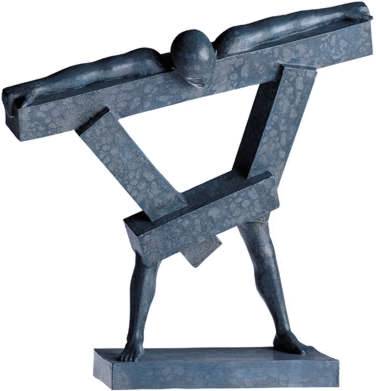
Wingspan
Bronze - 34 x 34 x 11 cm Jean-Louis CORBY
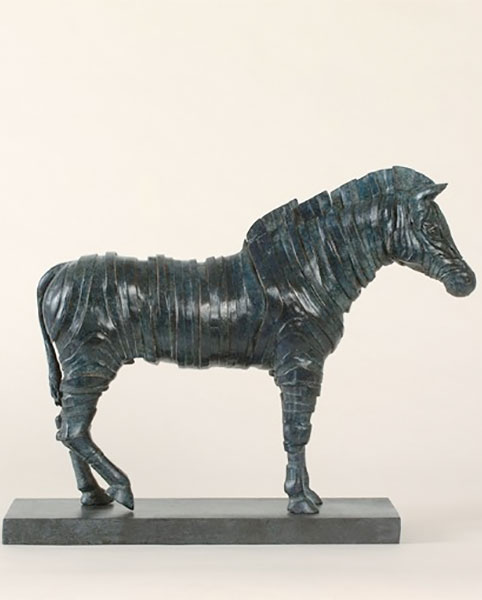
Zebra
Bronze - 35 x 35 x 13 cm Jean-Louis CORBY
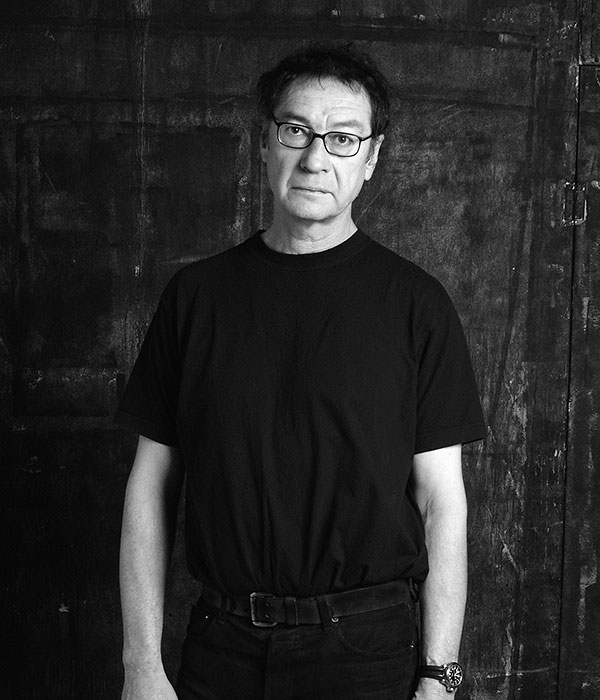
Né à Paris en 1951, Jean-Louis Corby vit et travaille en Haute-Provence
« L’être humain (asexué) que Corby a inventé est représenté dans sa duplicité, sa force, sa souplesse, son manque de liberté ou sa manière émouvante d’échapper ou non…
Lire la suite...
Ce serait certes une erreur de vouloir faire la distinction entre ce qui se réfère à l’homme et ce qui s’avère être la traduction ou l’illustration d’une idée. Corby est en effet un maître dans l’art de donner forme à une pensée générale quelque peu abstraite comme une fissure, une rupture, l’incertitude, le déséquilibre et aussi d’intégrer dans le personnage une donnée plus concrète comme des “valises”, des “échasses” et le “libération”.
Ce qui se présente initialement comme un contraste formel ludique aux yeux de celui qui entre pour la première fois – ou superficiellement- en contact avec l’œuvre de Corby, devient peu à peu l’épanouissement attachant d’un bon nombre de phénomènes, de situations ou d’états d’âme, une synthèse passionnante de formes et de pensées, d’esprit et de matière tout comme l’œuvre intégrale de l’artiste est au fond une synthèse de la tradition et de l’avant-garde, d’une figuration subtile et d’un concept original. Corby fait figure à part comme sculpteur, dans ce sens qu’il est un narrateur attentif et qu’il réalise en même temps une interprétation sculpturale supérieure d’une donnée plutôt banale. Il libère ainsi de tout fardeau anecdotique une apparition humaine ” ambiguë ” et cela grâce à une métamorphose ludique et à un langage formel surprenant. En outre Corby fait preuve d’une originalité‚ non seulement plastique mais aussi spirituelle, qui enchante le spectateur de manière toute personnelle. Ainsi le sculpteur occupe en une ambiance de souplesse et de grâce une place unique dans le langage sculptural d’aujourd’hui.
Les sculptures de Corby suggèrent la dualité de la condition humaine. Elles fonctionnent parfaitement en tant qu’apparition purement formelle; elles éveillent l’intérêt et créent l’émerveillement par la rythmique intérieure propre à chaque sculpture et par les signifiants qui s’y rattachent et font de chaque rencontre une expérience personnelle bouleversante. »
Texte du critique Hugo Brutin (AICA)
